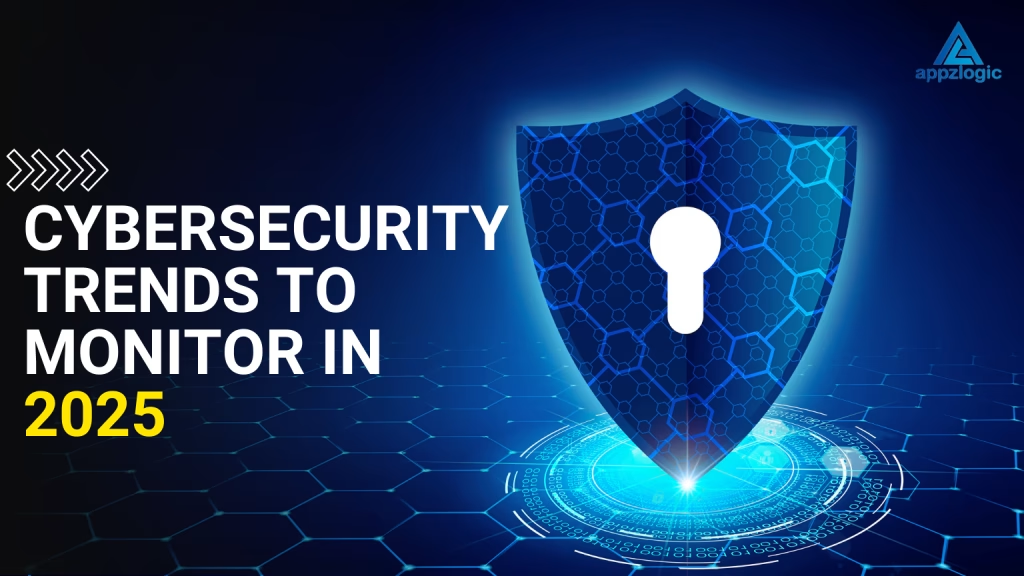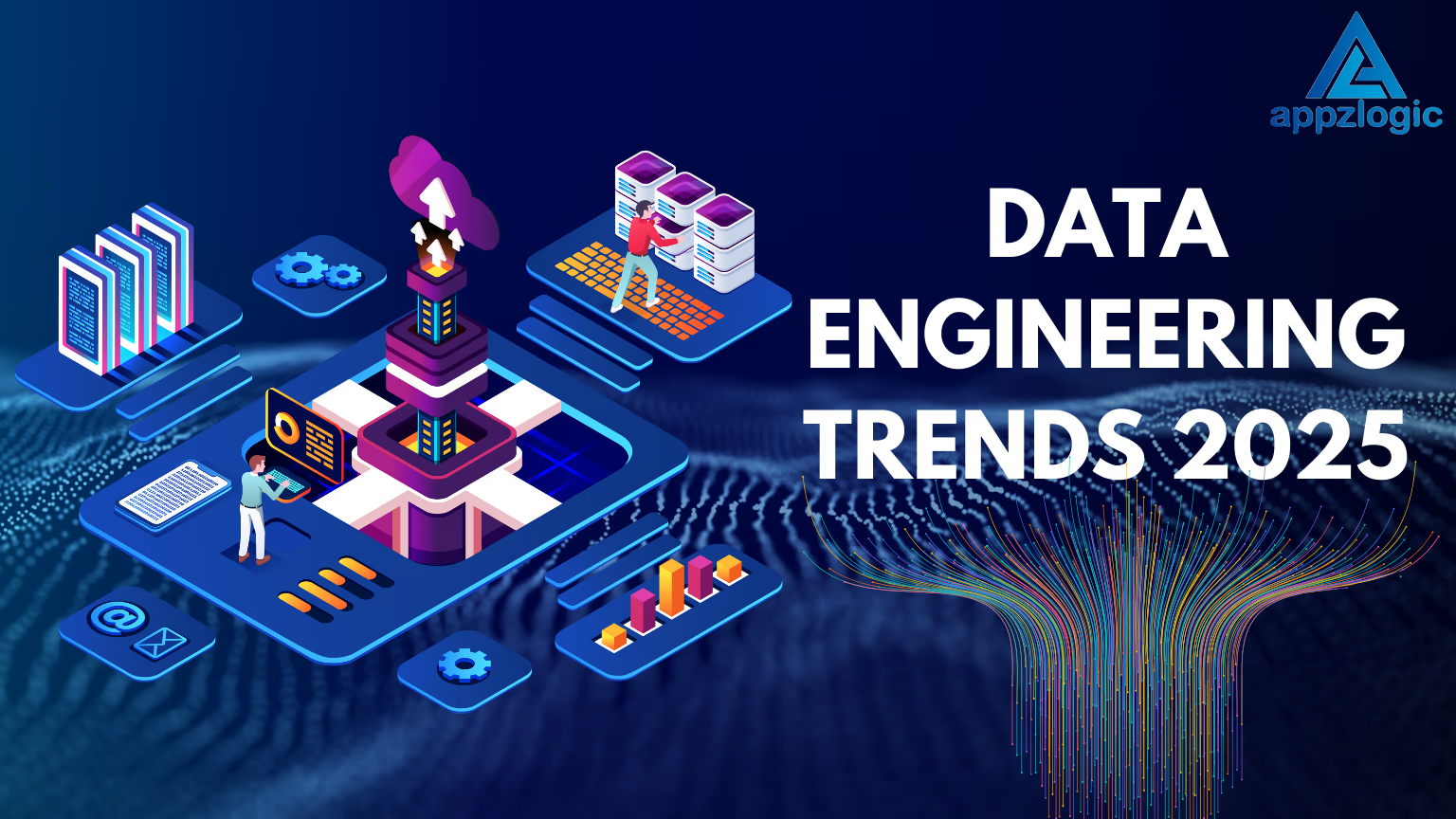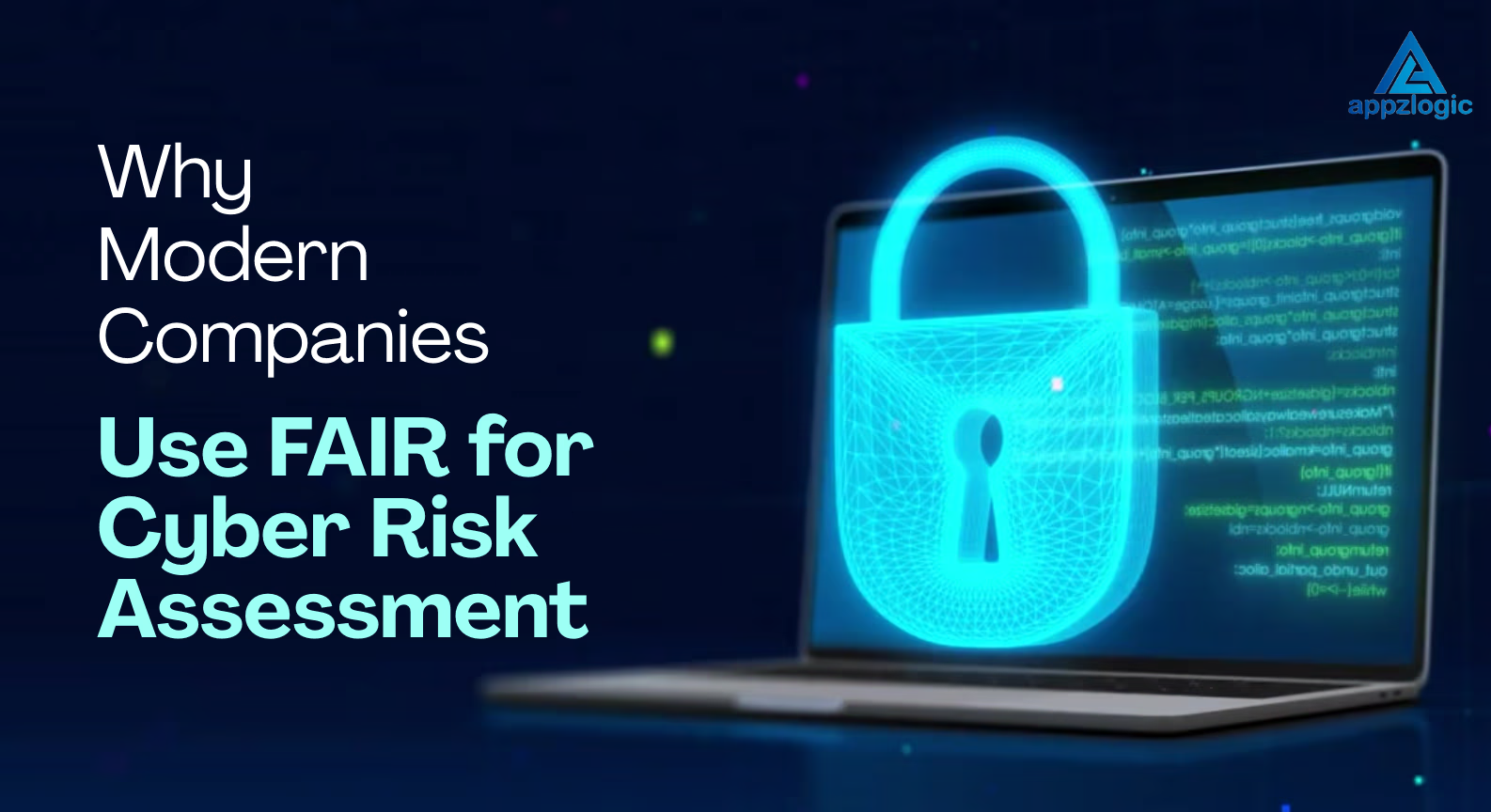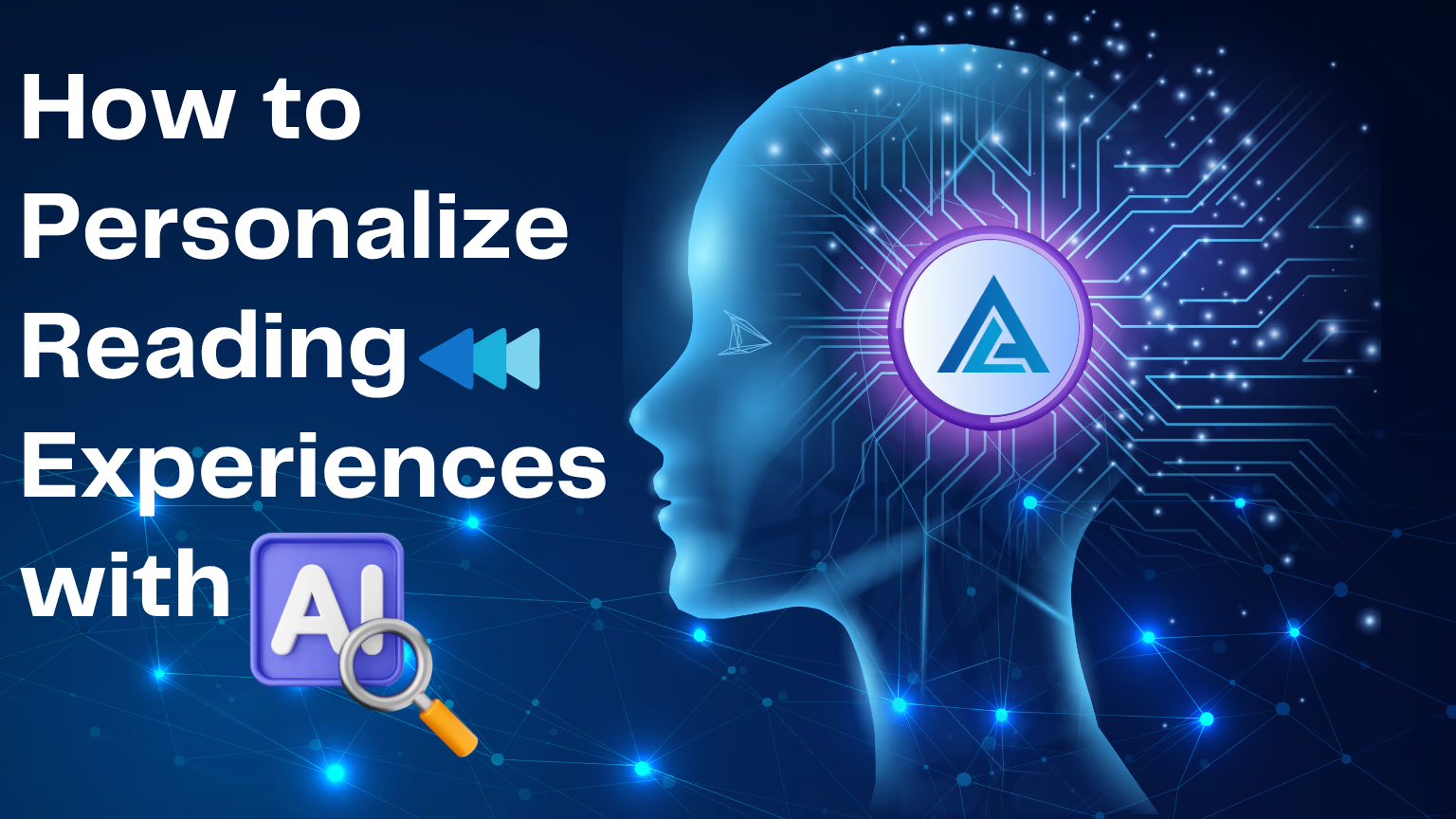
Cybersecurity Trends to Monitor in 2025
With evolving technology, cybersecurity presents both new challenges and opportunities for businesses worldwide. The increasing sophistication of cyber threats demands strong security measures and a proactive approach to protecting digital assets.
Importance of Cybersecurity
Cybersecurity is essential to protect sensitive data, systems, and networks from cyber threats such as hacking, malware, and data breaches. With the increasing reliance on technology, businesses and individuals face growing risks that can lead to financial losses, reputational damage, and operational disruptions. Implementing strong cybersecurity measures ensures the confidentiality, integrity, and availability of critical information, fostering trust among clients and stakeholders while enabling safe digital operations.
Top Cybersecurity Threats of 2025
According to Cisco, Cybersecurity threats come in various forms, including phishing, social engineering, ransomware, and malware. Phishing involves sending fraudulent emails that resemble legitimate sources to steal sensitive information like credit card details and login credentials. Social engineering is a tactic used to manipulate individuals into revealing confidential data, often combined with other threats to increase vulnerability. Ransomware, a form of malicious software, blocks access to files or systems until a ransom is paid, though payment doesn’t guarantee restoration. Malware is software designed to gain unauthorized access or cause damage to a computer or network. These threats can be mitigated through education, technology solutions, and effective security measures.
Key Cybersecurity Trends of 2025:
1. Zero Trust Security Model Implementation
The Zero Trust security model means “Never Trust, Always Verify”. This approach ensures that no entity, whether inside or outside the organization’s network, is trusted by default. With remote work and cloud adoption increasing, businesses are adopting Zero Trust frameworks to mitigate risks associated with insider threats, phishing attacks, and unauthorized access.
2. Impact of Quantum Computing on Cybersecurity
Quantum computing has the potential to revolutionize industries, but it also poses serious threats to existing encryption methods. In 2025, organizations will focus on developing quantum-resistant cryptography to ensure sensitive data remains protected. Governments and enterprises are actively researching post-quantum cryptography (PQC) to counter potential cyber threats posed by quantum advancements.
3. The Emergence of Automotive Cybersecurity Threats
As connected vehicles become more prevalent, automotive cybersecurity threats are on the rise. Ensuring vehicle security from hacking and data breaches is becoming critical, with manufacturers investing heavily in secure communication systems and software updates.
4. AI in Cybersecurity
AI is transforming cybersecurity with its ability to detect threats in real-time, automate responses, and improve threat intelligence. AI-driven tools are becoming essential for analyzing vast amounts of data and identifying potential threats swiftly.
5. Mobile Devices and Growing Cyber Attacks
The increasing use of mobile devices has led to a surge in mobile-specific cyber-attacks. Ensuring the security of mobile networks, apps, and devices is essential to protect sensitive information from malware, phishing, and other threats.
6. Data Breaches
Data breaches continue to pose significant risks, with attackers targe ting sensitive personal and corporate information. Companies are prioritizing robust encryption, access controls, and regular audits to mitigate these risks.
7. IoT Security in the Era of 5G
The expansion of IoT devices with the advent of 5G technology introduces new vulnerabilities. Securing IoT networks against unauthorized access and data manipulation is crucial for maintaining integrity and confidentiality.
8. Embracing Automation for Enhanced Security
Automation enhances cybersecurity by enabling rapid threat detection, incident response, and vulnerability management. Automated systems reduce human error and improve efficiency in managing security operations.
9. Targeted Ransomware Attacks
Ransomware attacks are becoming more sophisticated and targeted, affecting businesses of all sizes. Implementing robust backup strategies, endpoint protection, and employee training is vital to defend against these threats.
10. Mitigating Insider Threats through Awareness
Insider threats remain a significant challenge, with employees unintentionally or maliciously causing security breaches. Regular training and awareness programs are key to minimizing these risks.
Cybersecurity Challenges in Remote Work Environment
The shift to remote work has introduced new cybersecurity challenges, including securing home networks, remote access, and data protection. Organizations are adopting VPNs, multi-factor authentication, and endpoint security to safeguard remote operations.
How AI is Shaping Cybersecurity Solutions in 2025
Artificial intelligence (AI) is playing a major role in modern cybersecurity. Organizations use AI for real-time threat detection, predictive analytics, and automated security responses. However, cybercriminals are also taking advantage of AI to conduct more advanced cyberattacks. As a result, AI-powered cybersecurity solutions are becoming smarter, integrating machine learning models to detect unusual activities and prevent security breaches before they happen.
How to Protect Businesses from Cyber Threats
Cyberattacks are evolving rapidly, making it essential for businesses to implement strong cybersecurity measures. Some best practices include:
- Using multi-factor authentication (MFA) for secure access.
- Regularly updating software to patch vulnerabilities.
- Conducting employee cybersecurity training to prevent phishing attacks.
- Deploying endpoint detection and response (EDR) solutions to monitor suspicious activities.
- Backing up data to protect against ransomware attacks.
- Implementing extended detection and response (XDR) for enhanced threat intelligence and response capabilities.
The Rise of AI-Driven Cybersecurity Automation
With the growing volume of cyber threats, businesses are increasingly adopting AI-driven cybersecurity automation to reduce response times and minimize human error. Automated threat detection systems use AI to analyze network activity, detect malware, and respond to potential threats in real time. This enhances security operations and allows cybersecurity teams to focus on complex threats.
Ransomware Evolution and Its Growing Threat
Ransomware attacks are becoming more sophisticated, targeting critical sectors such as healthcare, finance, and government institutions. Attackers now use double and triple extortion techniques, where they steal sensitive data before encrypting it and threaten to leak it unless a ransom is paid. To counter ransomware threats, companies are adopting stronger backup strategies, endpoint security solutions, and cybersecurity awareness programs. According to AAG IT Services 20% of all current cyber-attacks are classified as ransomware. Ransomware accounted for a fifth of all cyber-attacks in 2022.
The world is evolving and so are the cyber threats, with AI driven attacks, quantum computing risks, and rising ransomware, businesses need to protect themselves and follow key cybersecurity trends.
The Rise of Cyber Insurance
With cyber threats on the rise, many businesses are turning to cyber insurance to mitigate financial losses caused by cyber incidents. However, insurance companies are tightening their policies, requiring businesses to adopt strong cybersecurity practices before providing coverage. Companies will need to improve risk management frameworks to qualify for affordable cyber insurance plans.
Importance of Ethical Hacking in Modern Cybersecurity
Ethical hacking is becoming an essential tool for businesses to identify and fix security vulnerabilities before cybercriminals exploit them. Companies are hiring certified ethical hackers (CEHs) to conduct penetration testing and strengthen security measures. Ethical hacking helps organizations uncover weaknesses in their systems, ensuring better cyber defense strategies.
Cybersecurity for IoT and Edge Computing
With the expansion of the Internet of Things (IoT) and edge computing, new cybersecurity risks are emerging. Cybercriminals are increasingly targeting smart devices, industrial IoT systems, and autonomous vehicles. Businesses are investing in stronger IoT security protocols, firmware updates, and endpoint protection to safeguard connected devices from cyber threats.
Cloud Security Reinforcement in 2025
As organizations shift to cloud-based environments, securing cloud infrastructure remains a top priority. Businesses are adopting Secure Access Service Edge (SASE), Cloud-Native Application Protection Platforms (CNAPP), and Cloud Security Posture Management (CSPM) tools to detect misconfigurations, ensure compliance, and protect cloud workloads from cyber threats.
Cloud Security threats are becoming more common as businesses rely on cloud services. One of the top threats is Data Breaches, where hackers access sensitive information. To prevent this, you should know Best Practices of for Cloud Security 2025.
Deepfake and Social Engineering Attacks
Deepfake technology is becoming a major cybersecurity concern, with cybercriminals using AI-generated videos and voice manipulation for fraud. Social engineering attacks are also becoming more sophisticated, making it difficult to differentiate between legitimate and malicious communications. Companies are implementing biometric verification and behavioral analytics to combat these threats.
Cybersecurity Skills Gap and Workforce Development
The demand for cybersecurity professionals is increasing, but there is a shortage of skilled experts. Organizations are investing in cybersecurity training programs, upskilling employees, and collaborating with educational institutions to bridge the talent gap. Additionally, AI-driven security automation is being used to handle routine security tasks, reducing workforce pressure.
Conclusion
At Appzlogic, we understand that the digital landscape is evolving rapidly, making robust cybersecurity more critical than ever. Our advanced cybersecurity solutions are designed to safeguard your organization from emerging threats, ensuring the integrity, confidentiality, and availability of your data.
Partner with Appzlogic to build a secure, resilient digital infrastructure that empowers your business to innovate and grow without compromising on security. Together, we can stay ahead of cyber risks and protect what matters most.
Frequently Asked Questions
Zero Trust follows the principle of “Never Trust, Always Verify,” ensuring that no user or device is trusted by default, reducing risks from unauthorized access.
AI enables real-time threat detection, automated responses, and improved threat intelligence by analyzing large datasets swiftly and accurately.
Quantum computing can break traditional encryption methods, leading to a focus on developing quantum-resistant cryptography to protect sensitive data.
IoT and 5G introduce new vulnerabilities, requiring robust security protocols, firmware updates, and endpoint protection to prevent cyber threats.
Automation helps in rapid threat detection, incident response, and reducing human error, making security operations more efficient and reliable.







